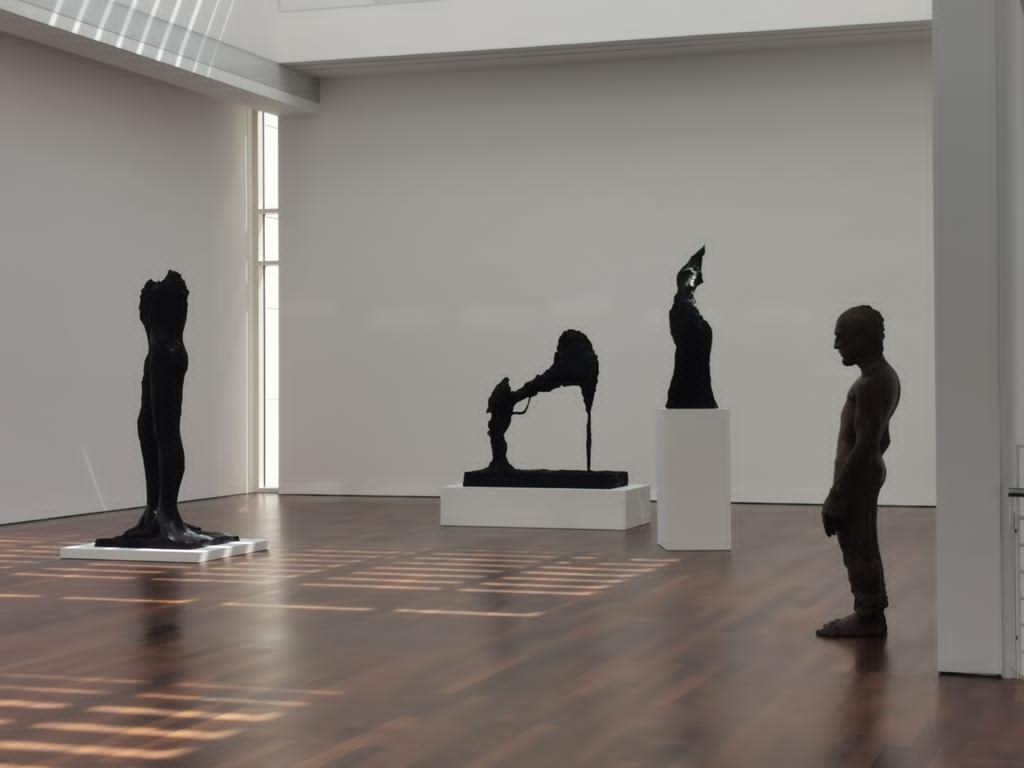Stella Hamberg
Corpus
09 May 2021 - 27 Feb 2022
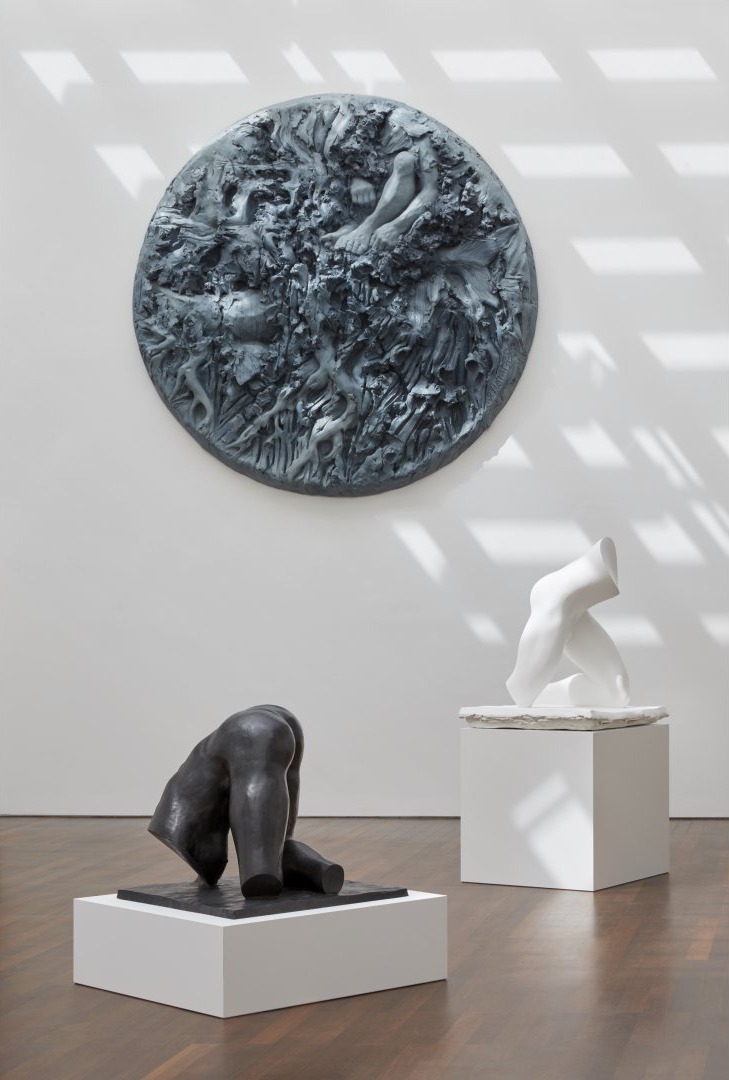
Stella Hamberg, sieben100millionen, 2008 | Trance , 2016-18 | Trance 3, 2016-18
© sieben100millionen, Collection Hense | Trance 3, Collection Brecht-Bergen; photo: Mick Vincenz
© sieben100millionen, Collection Hense | Trance 3, Collection Brecht-Bergen; photo: Mick Vincenz
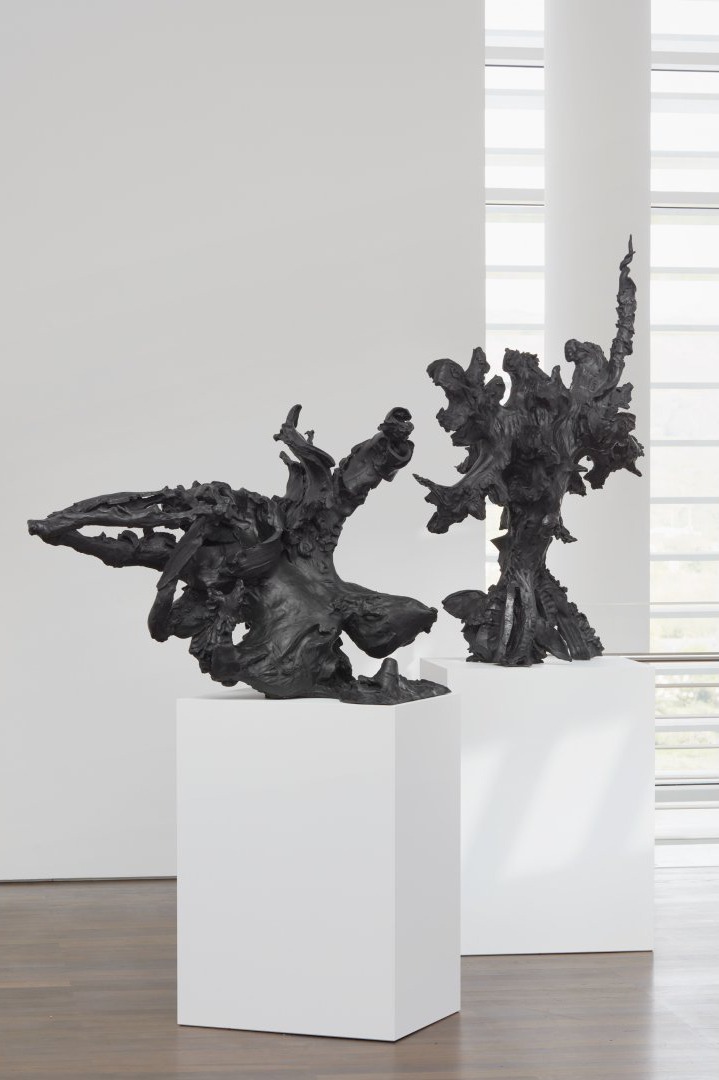
Stella Hamberg, the curve 2 - Stille, 2015 & the curve 3 - echoes in my head, 2015
© Hort Family Collection, photo: Mick Vincenz
© Hort Family Collection, photo: Mick Vincenz
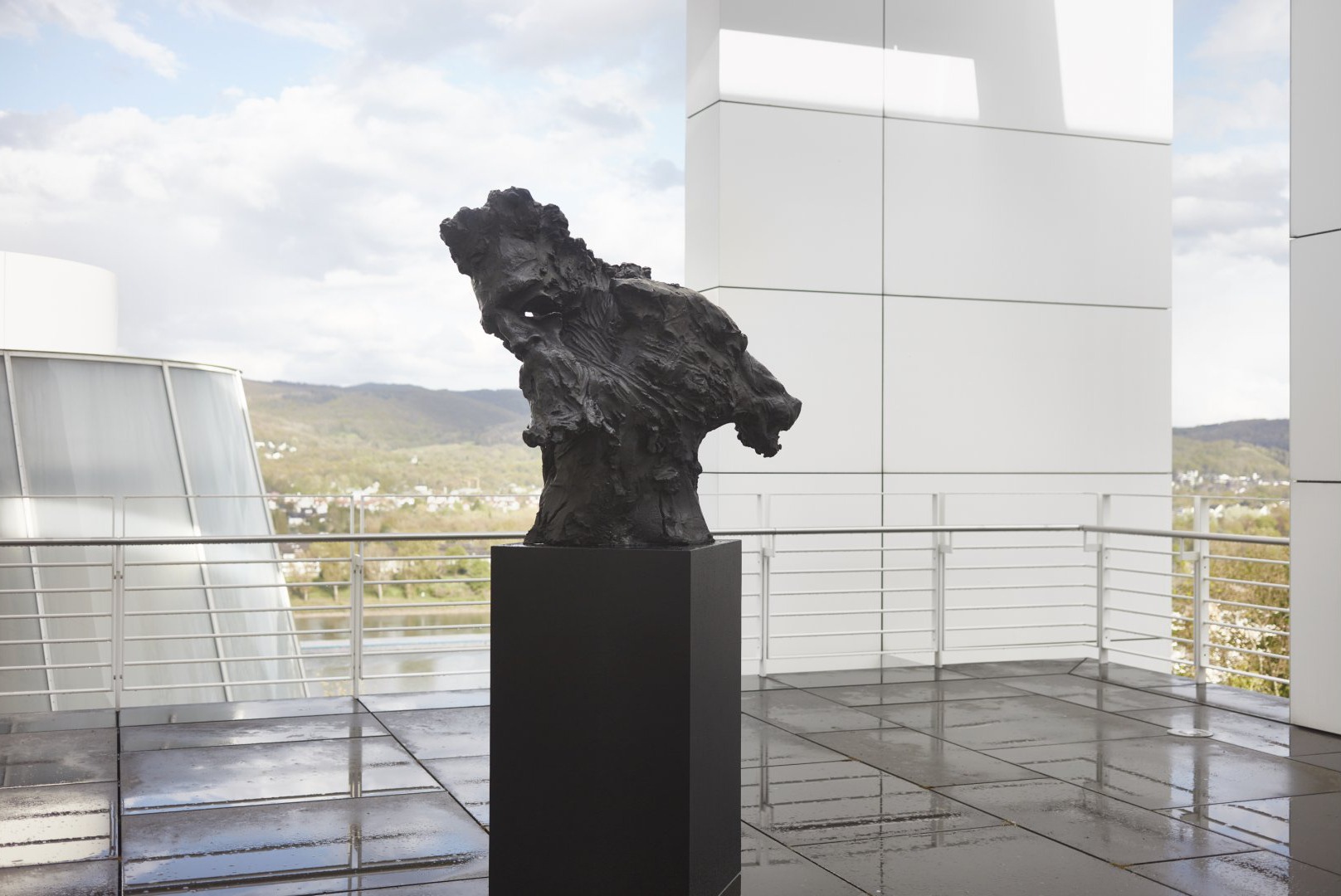
Stella Hamberg, Big Shadow, 2015. Private collection, Cologne © Stella Hamberg, courtesy Galerie EIGEN + ART Leipzig/Berlin, 2021, photo: Mick Vincenz
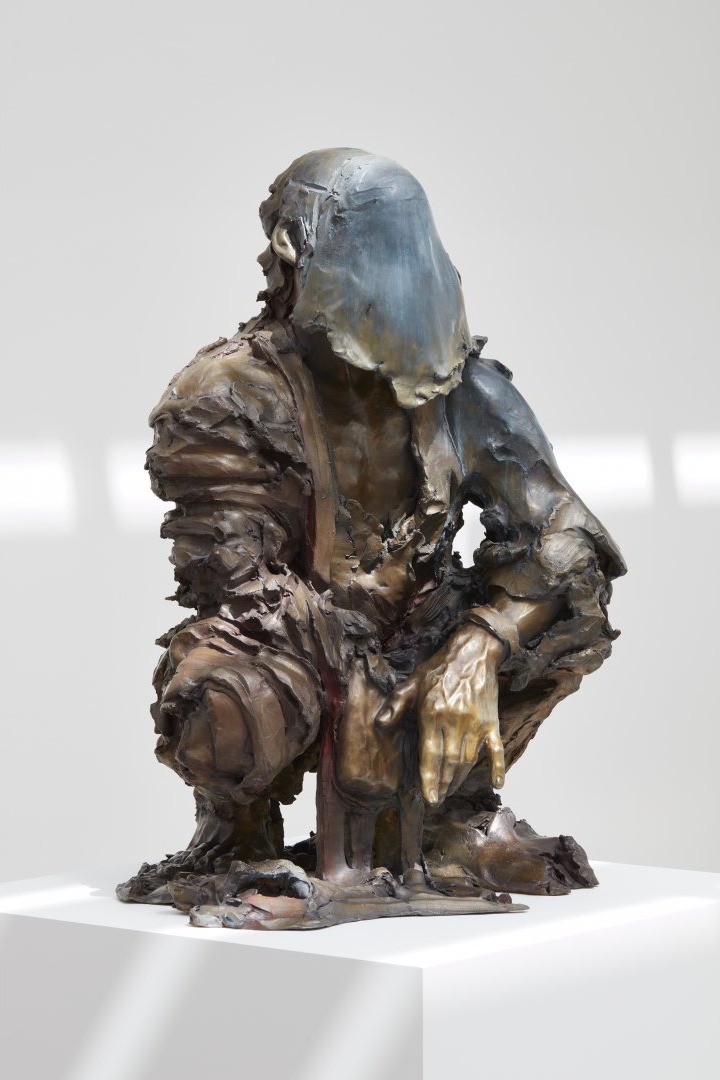
Stella Hamberg, vom Verrecken und der absoluten Unmöglichkeit zu sterben 2 - der Gefährte, 2008. © Sammlung Ina Bitter und Dr. Roland Quinten, photo: Mick Vincenz
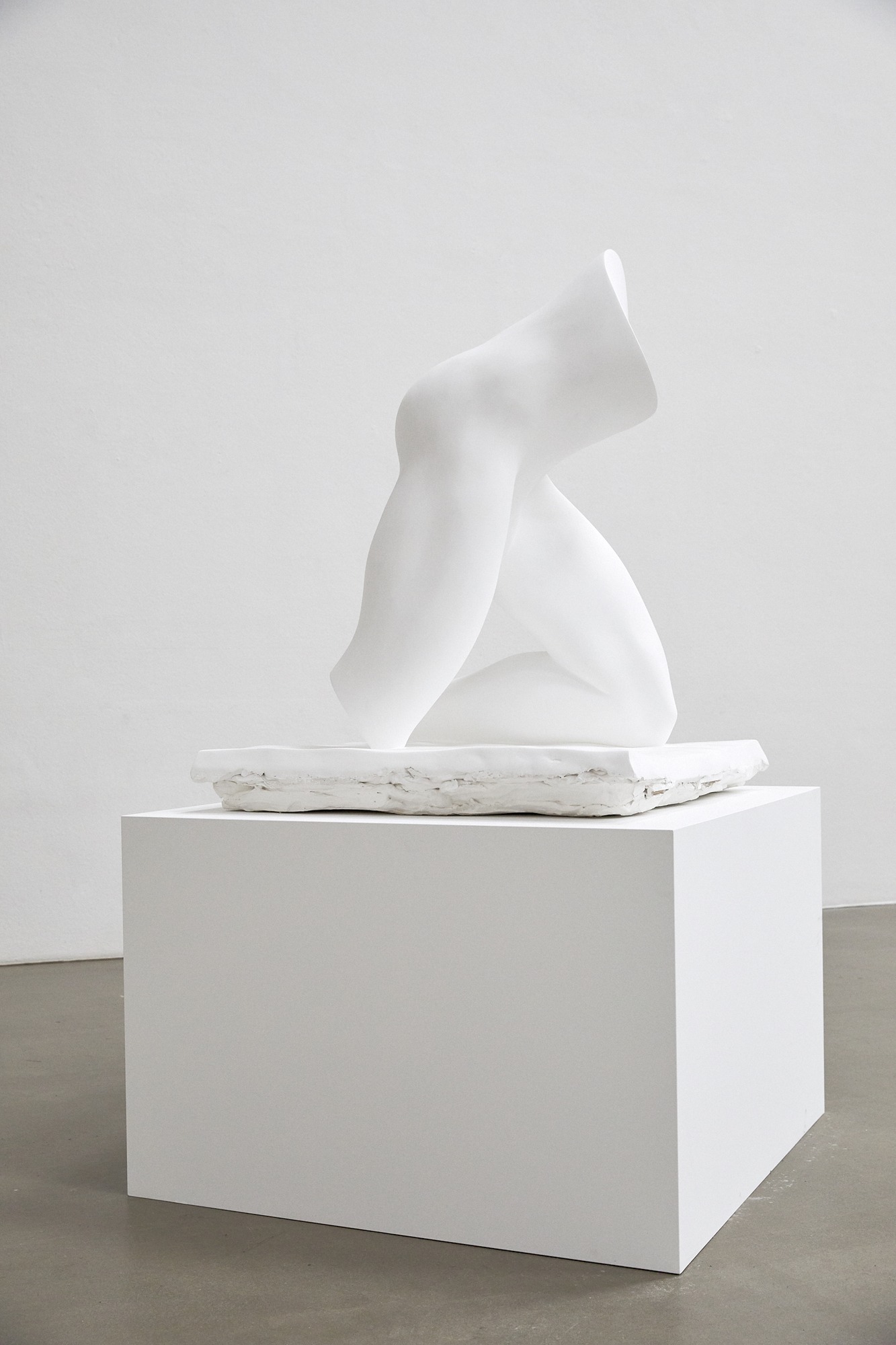
Stella Hamberg, Trance 3, 2016/2018. Collection Brecht-Bergen © Stella Hamberg, courtesy Galerie EIGEN + ART Leipzig/Berlin, 2021. Photo: Mick Vincent
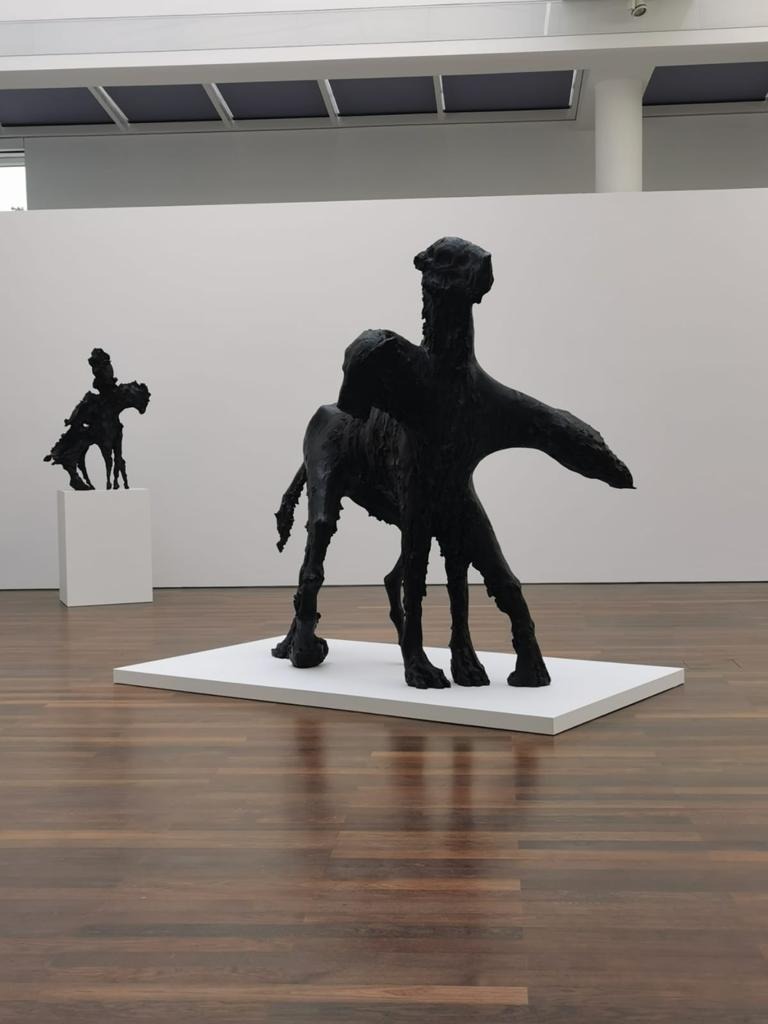
Stella Hamberg, vom Verrecken und der absoluten Unmöglichkeit zu sterben 2 - der Gefährte, 2008 © Sammlung Ina Bitter und Dr. Roland Quinten, photo: Mick Vincenz
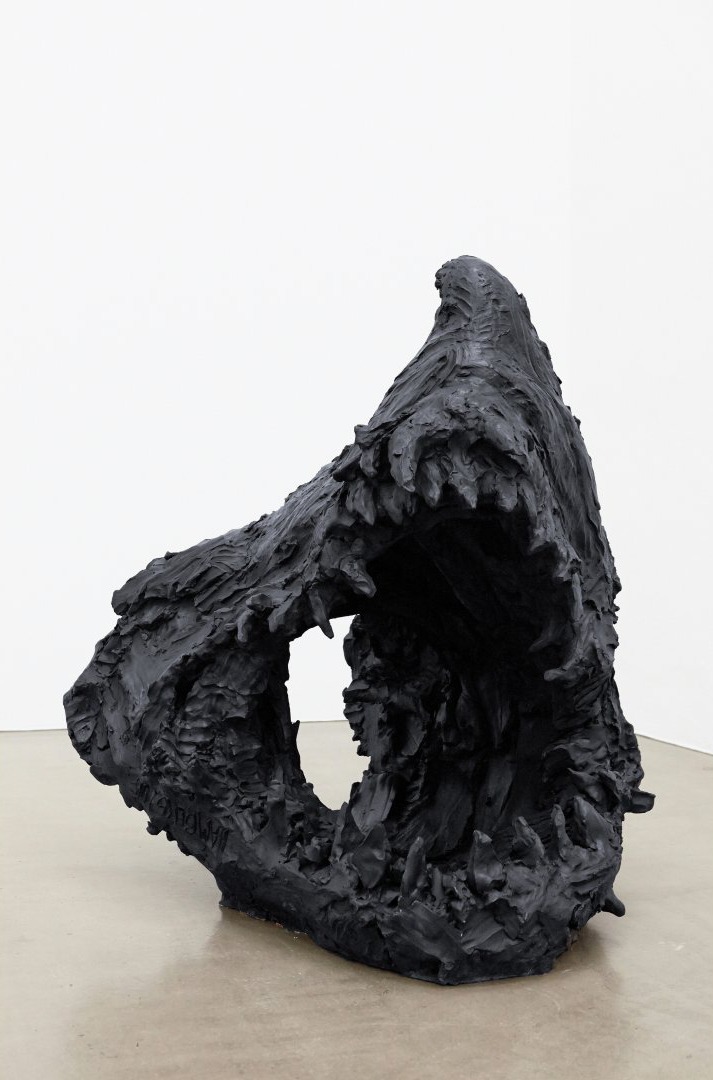
Stella Hamberg, das ist das, 2015 © Stella Hamberg, courtesy Galerie EIGEN+ART Leipzig/Berlin, 2020 | photo: Mick Vincenz
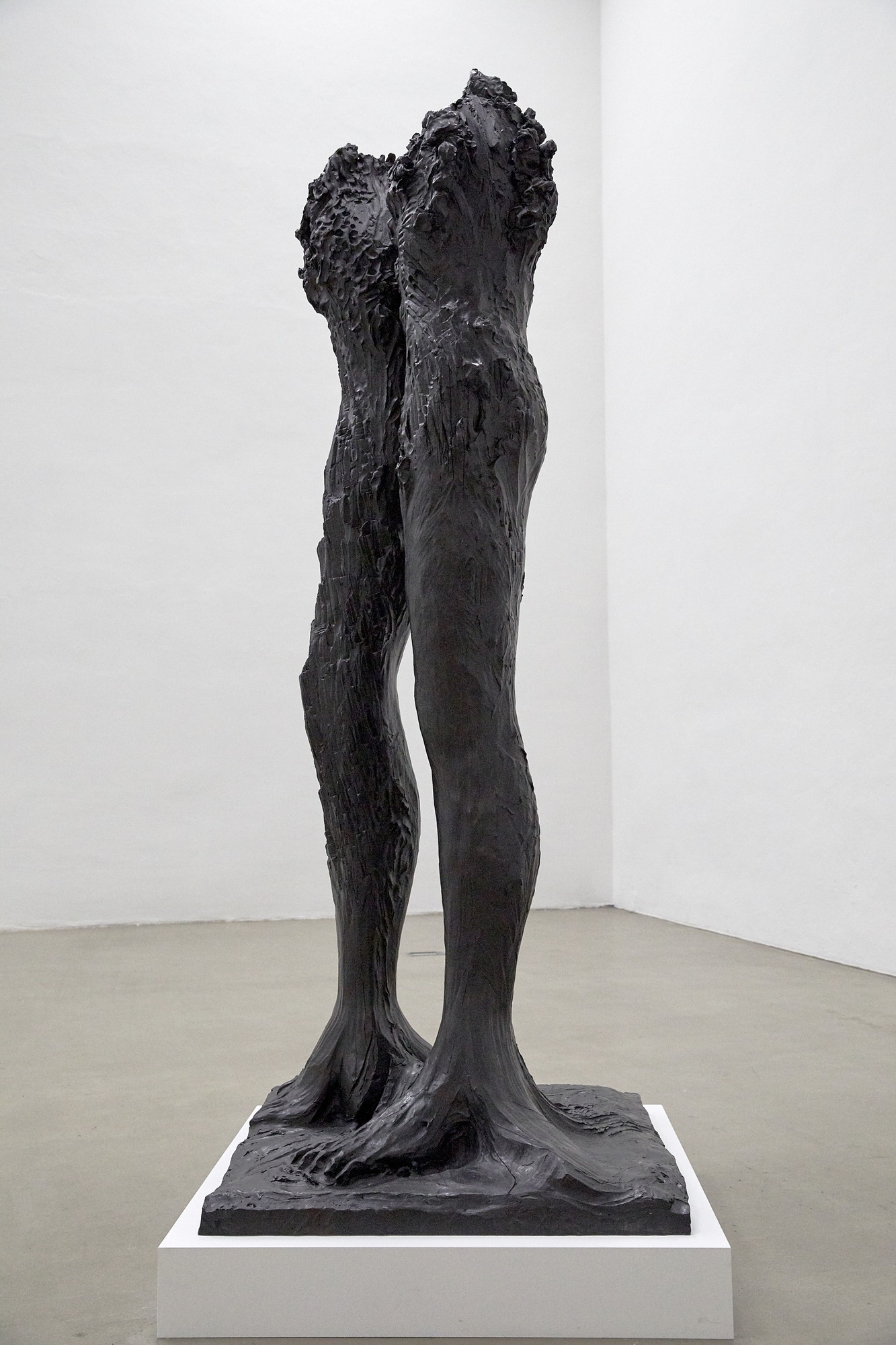
Stella Hamberg | à travers la tête | 2017 © Stella Hamberg, courtesy Galerie EIGEN + ART Leipzig/Berlin, 2021 | Foto: Mick Vincenz
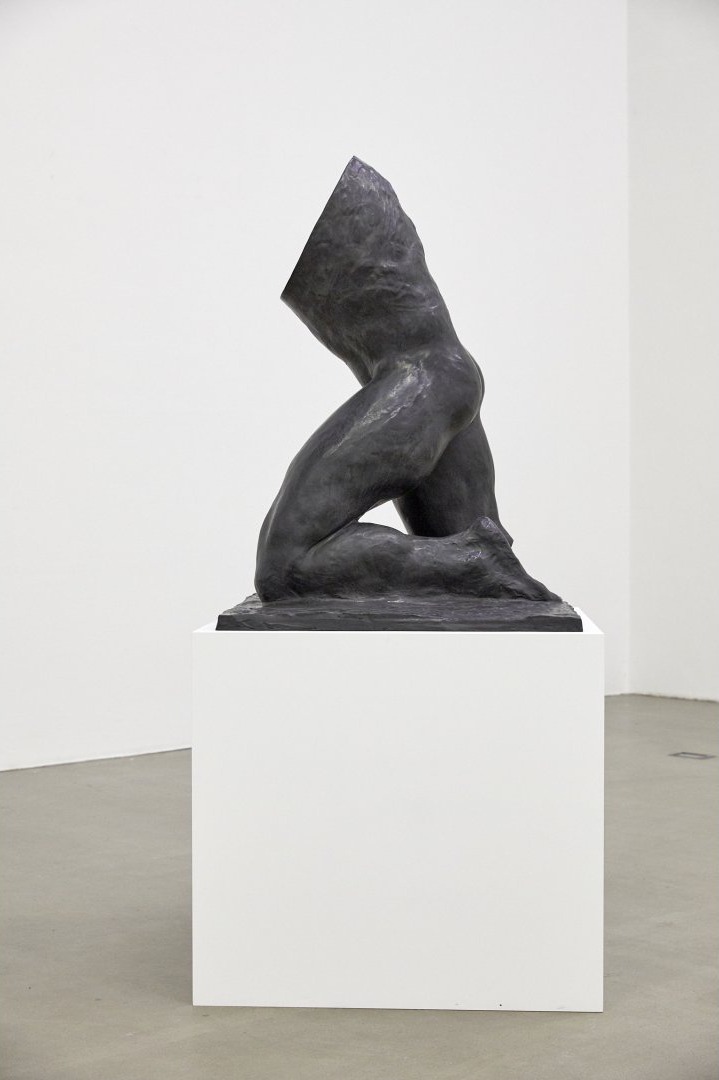
Stella Hamberg, Trance 2, 2018 © Stella Hamberg, courtesy Galerie EIGEN+ART Leipzig/Berlin, 2020 | photo: Mick Vincenz
In the light-flooded exhibition rooms, larger-than-life bronze figures are casting their shadows. Powerfully, the heavy sculptures by Stella Hamberg (b. 1975, living and working in Berlin and Brandenburg) are facing the visitors. The body is a core element in the sculptor’s works. They speak of movements, her own ones and those of the artist’s hand that brought them to life. The focus is on the struggle to depict the human figure and its formal as well as existential questions.
The sculptor Stella Hamberg is a true exception in current three-dimensional art. While her fellow artists work in performative or deconstructive ways, she refrains from using new materials or from crossing the boundaries of media. The most comprehensive museum show to date presents 23 of her works ranging from 2007 to 2021, with which the sculptor confidently follows classical traditions in sculpture. At the same time, however, she develops her own contemporary artistic signature in the interplay of antiquity, the Middle Ages and modernity.
The exhibition brings together larger-than-life sculptures weighing tons, as well as small-format groups of works. The surfaces of the sculptures are as rich in variety as in their subjects: sometimes shiny black, sometimes dull and with coloured patination. More recent works, however, surprise us with smoothly polished alabaster plaster in radiant white.
For Stella Hamberg artistic technique and practice play an important role. Following the classical tradition, she casts most of her sculptures in bronze. Preceding work processes, where soft source materials such as clay or plaster were used, remain visible in many of the works.
Vis-à-vis Hamberg’s sculptures, we the viewers are thrown back upon our own physical existence. They demonstrate how every experience of art is first and foremost a physical experience. In the encounter with the sculpture, one’s own body becomes a fundamental prerequisite for the reception of that very art. In the process of viewing them, we are visually touching Hamberg’s works by recreating the tactile surface structure before our mind’s eye. The juxtaposition of our own moving bodies and the rigid sculptures thus creates a magical moment.
In the exhibition »Corpus«, our eyes never tire of discovering familiar and new forms in Hamberg’s sculptures. The powerful figures call on us to focus our attention on our (own) human bodies again.
The sculptor Stella Hamberg is a true exception in current three-dimensional art. While her fellow artists work in performative or deconstructive ways, she refrains from using new materials or from crossing the boundaries of media. The most comprehensive museum show to date presents 23 of her works ranging from 2007 to 2021, with which the sculptor confidently follows classical traditions in sculpture. At the same time, however, she develops her own contemporary artistic signature in the interplay of antiquity, the Middle Ages and modernity.
The exhibition brings together larger-than-life sculptures weighing tons, as well as small-format groups of works. The surfaces of the sculptures are as rich in variety as in their subjects: sometimes shiny black, sometimes dull and with coloured patination. More recent works, however, surprise us with smoothly polished alabaster plaster in radiant white.
For Stella Hamberg artistic technique and practice play an important role. Following the classical tradition, she casts most of her sculptures in bronze. Preceding work processes, where soft source materials such as clay or plaster were used, remain visible in many of the works.
Vis-à-vis Hamberg’s sculptures, we the viewers are thrown back upon our own physical existence. They demonstrate how every experience of art is first and foremost a physical experience. In the encounter with the sculpture, one’s own body becomes a fundamental prerequisite for the reception of that very art. In the process of viewing them, we are visually touching Hamberg’s works by recreating the tactile surface structure before our mind’s eye. The juxtaposition of our own moving bodies and the rigid sculptures thus creates a magical moment.
In the exhibition »Corpus«, our eyes never tire of discovering familiar and new forms in Hamberg’s sculptures. The powerful figures call on us to focus our attention on our (own) human bodies again.

